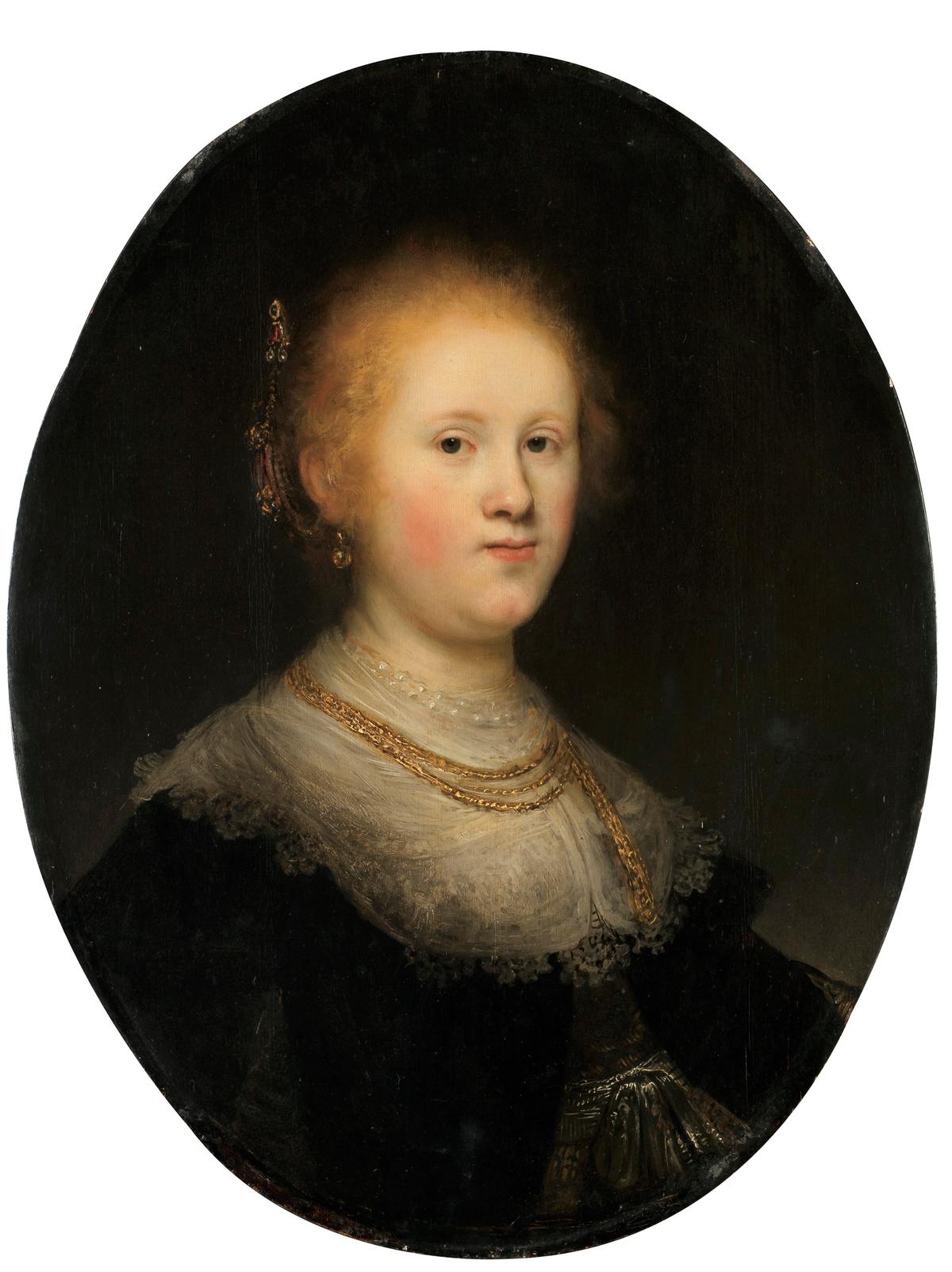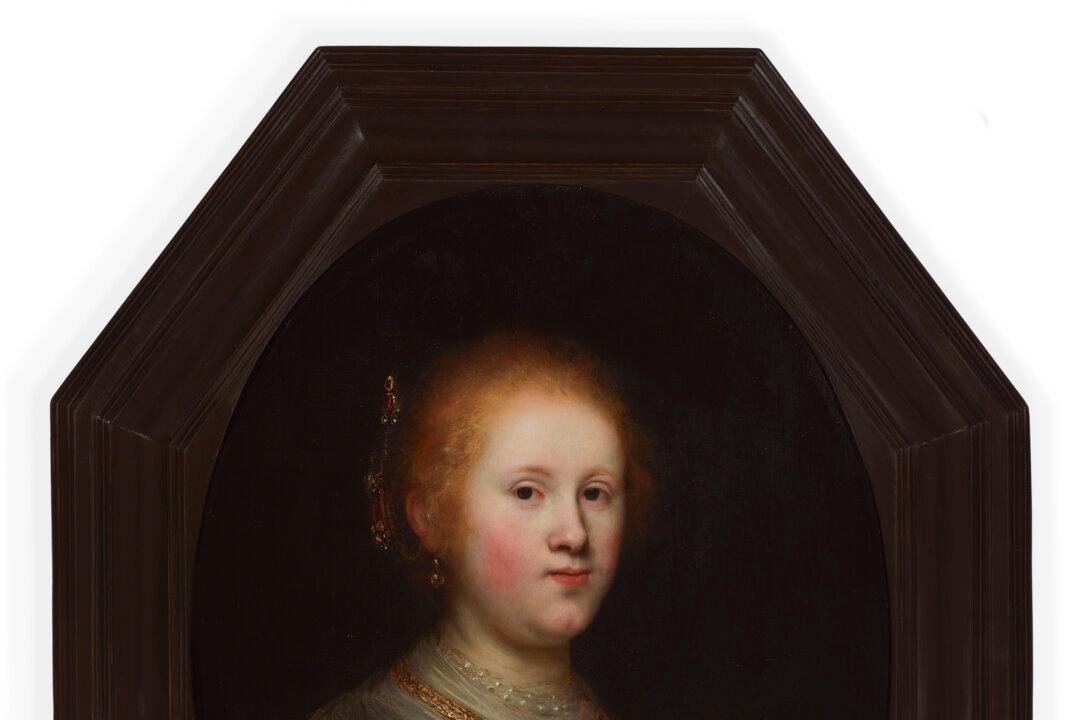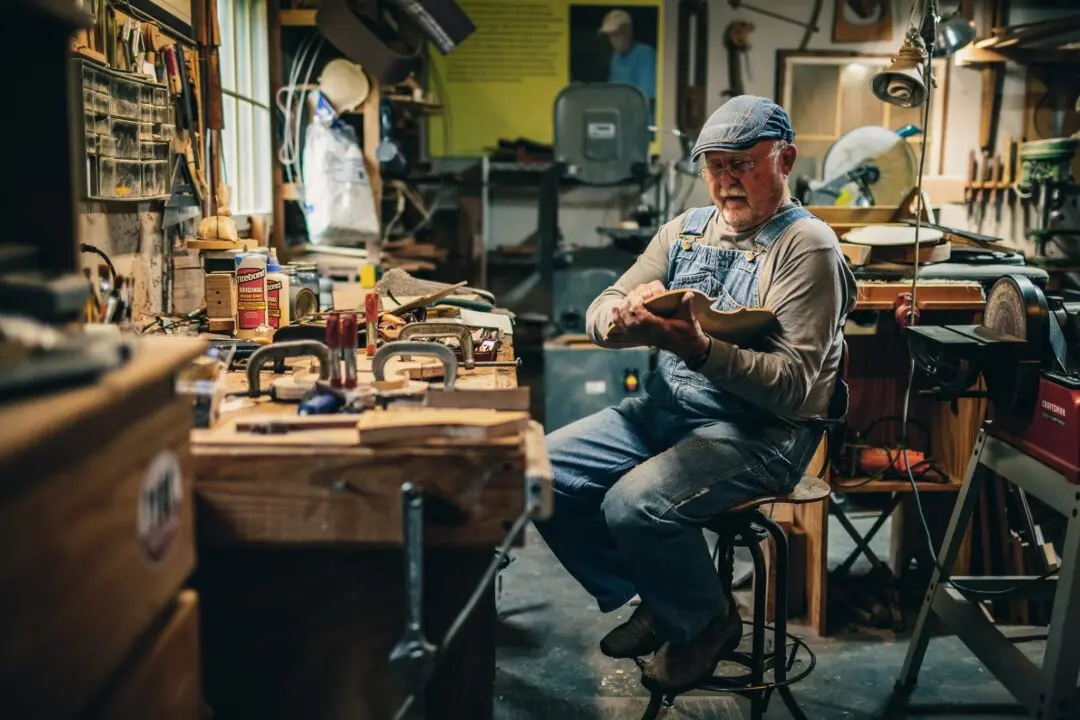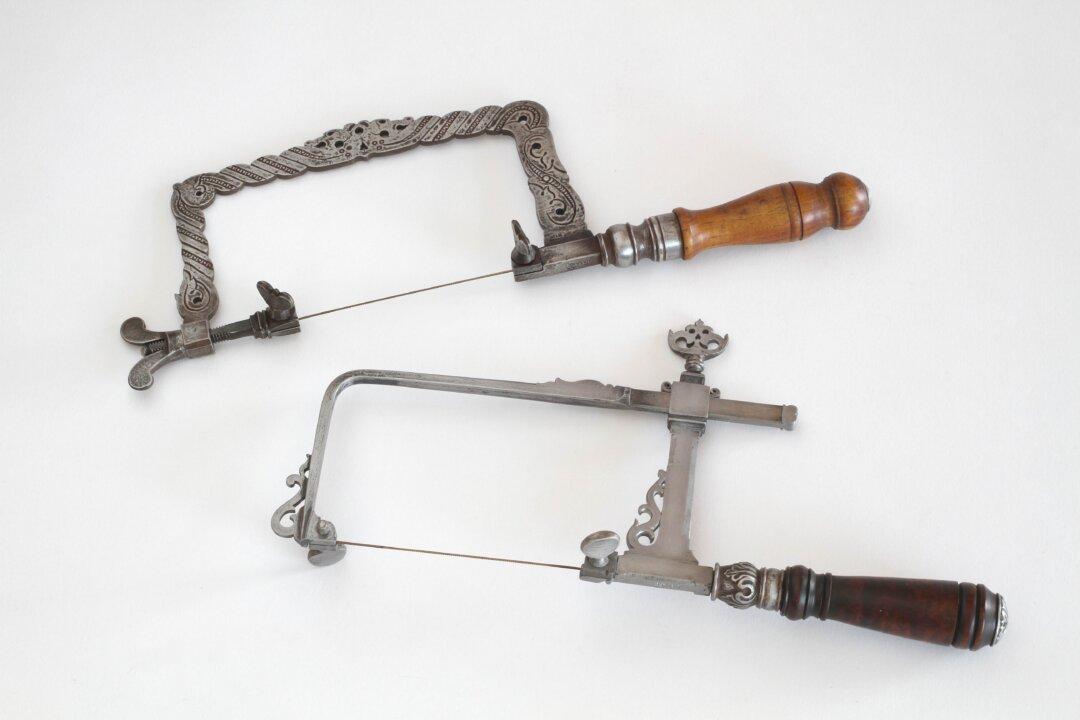An age-old artwork can sometimes distort the truth. This was certainly the case for Rembrandt’s “Portrait of a Young Woman” at the Allentown Art Museum, in Pennsylvania. For more than four decades, visitors to the museum viewed the portrait not as a work by Rembrandt but by his workshop.

"Portrait of a Young Woman,"1632, by Rembrandt van Rijn, prior to its conservation. Oil on panel. Samuel H. Kress Collection, 1961. Allentown Art Museum Allentown Art Museum






